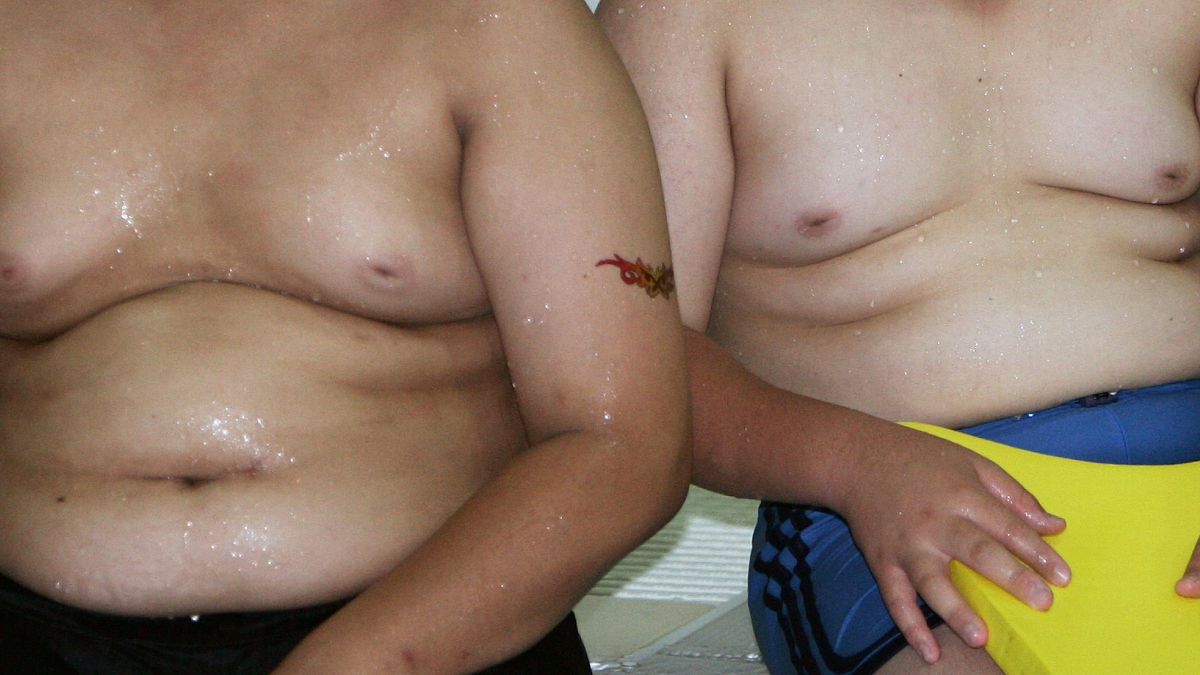That is according to a nationwide study of over a million four to 11-year-old pupils in state schools across the country.
Severe obesity among primary pupils in England is almost four times higher in the poorest areas compared to the wealthiest.
Over a fifth of those from 10 to 11-years-old are also considered to be obese or severely obese (20.1%), compared to children between the ages of four and five (9.5%).
That is according to a nationwide study of over a million Reception-age (four to five) and Year Six (10 to 11) pupils in state schools across the country.
The National Child Measurement Programme has been collecting such data annually since 2005.
In this year’s report, released on Thursday by NHS Digital, a “strong relationship” between deprivation and obesity was identified. Severe obesity among Reception and Year six pupils in deprived areas stood at 3.8% and 7% respectively, versus 1% and 1.6% respectively in less deprived areas.
Researchers also found obesity was 16.9% lower in urban fringe areas versus disadvantaged urban centres.
The rate of obesity recorded among boys in both age groups was higher than girls. In Reception, 9.9% of boys and 9.1% of girls were classified as obese. For Year Six pupils, the figure stood at 22.2% for boys and 18% for girls.
On average, up to 7.3% more black children were deemed obese and up to 3% more Asian pupils considered underweight compared to other ethnicities.
Overall, around three quarters of Reception children were judged to be at a healthy weight (76.6%) and two thirds in Year Six (64.3%).
Dr Max Davie, officer for health promotion at the Royal College of Paediatrics and Child Health, said: “As the figures have shown today, 20% of children are already obese by the time they leave primary school and this is totally unacceptable.
"Access and funding of high-quality weight management services are urgently needed now if we are to ensure no child slips through the net and all children, no matter where they live, are given the same opportunity to good health.”
Obesity measures 95 to 99.6 on the Body Mass Index for children, while severe obesity equates to a BMI of 99.6 or more. A healthy BMI ranges from 2 to 85 depending on a child’s height, weight and age, according to the report.
